

Max Davies
2026 Toyota HiAce review
7 Hours Ago
LiDAR is widely touted as an essential technology for autonomous driving, and Luminar is one supplier that's been tapped by automakers.

Contributor
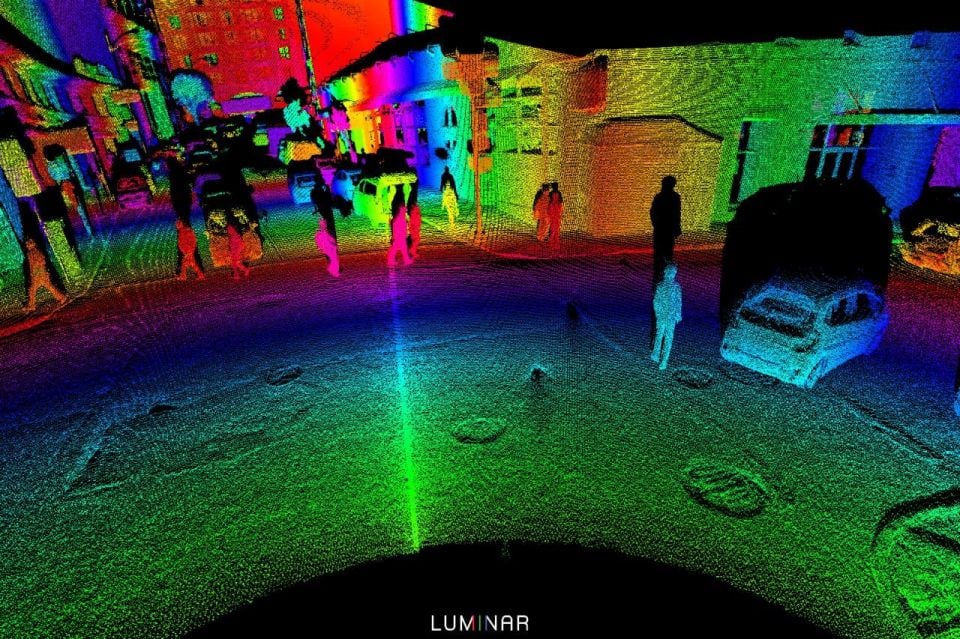

Contributor
With some notable exceptions such as Tesla, there is broad agreement amongst companies pursuing Level 4 or Level 5 autonomous driving systems that the holy trinity of cameras, radar and LiDAR sensors are required to develop a genuinely safe driverless car.
More recently, LiDAR has also been part of the sensor array for automakers developing advanced driver assist systems (ADAS) such as the Level 3 Drive Pilot system available on the latest Mercedes-Benz S-Class and EQS.
Luminar is a relatively new startup that specialises in the development of LiDAR technologies suitable for use in ADAS systems, and eventually, autonomous vehicles. More recently, Volvo has announced that it will be using a LiDAR system from Luminar as part of the safety and ADAS suite for its next-generation EX90 large SUV.
So what is LiDAR, and how does Luminar’s technology differ from the norm?
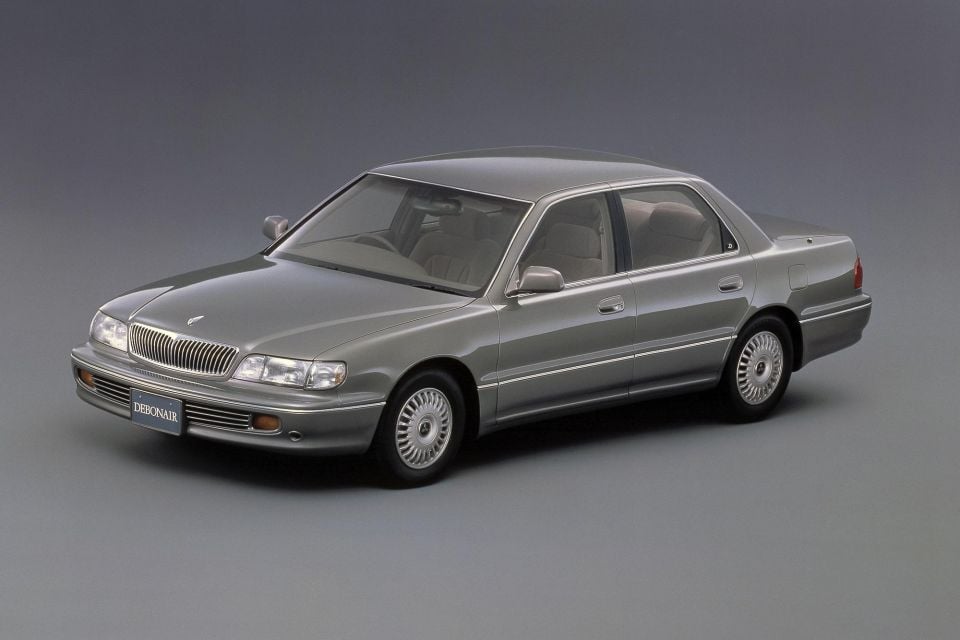
LiDAR (light detection and ranging) is a system of detecting objects and their distance through a laser with an infrared wavelength, beyond the scope of human vision.
Although the concept of LiDAR has been around since the 1960s, and it has been used for aerospace purposes since the 1970s, the technology has only entered the automotive domain over the last 30 years.
In the 1990s, LiDAR-based adaptive cruise control systems were offered on various vehicles in the Japanese domestic market such as the Mitsubishi Debonair and Diamante (the latter related to the Mitsubishi Magna/Verada), as well as the Toyota Celsior, a rebadged Lexus LS.
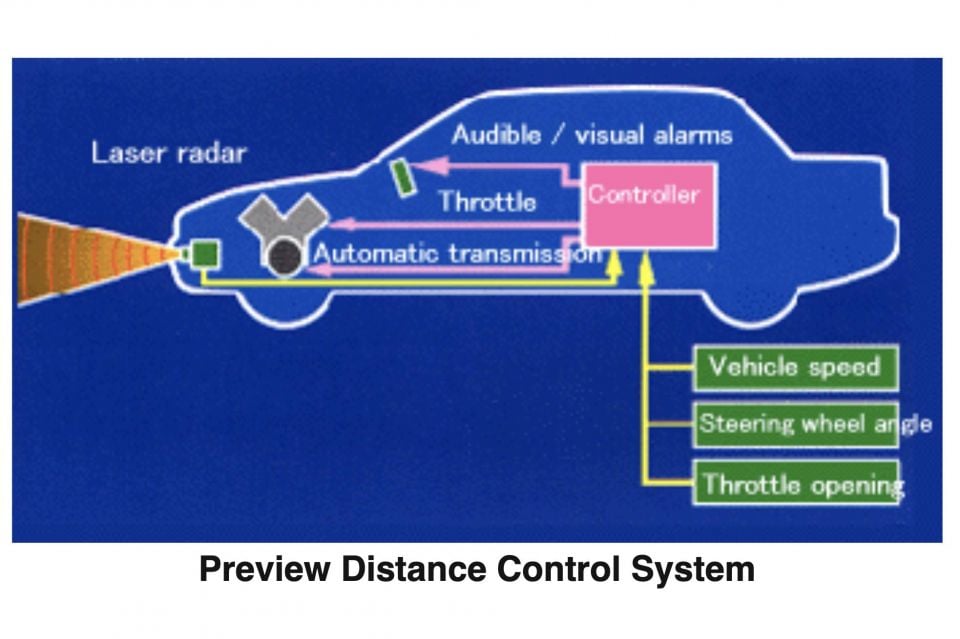
Over the last 10 years, LiDAR technology for automotive applications has improved significantly with regard to the resolution of LiDAR sensors (i.e. how accurately the shape and size of an object can be made out) and their range (the maximum distance at which they can detect objects).
Together with other advances, this has also allowed LiDAR to play a part in more sophisticated automated driving systems such as traffic jam assistants.
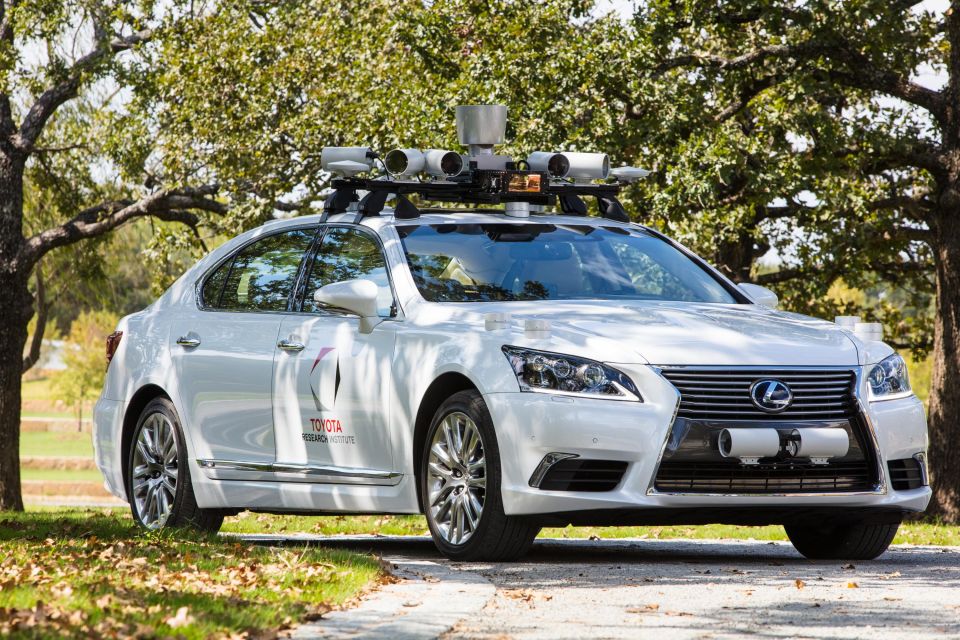
Luminar was founded in 2012 by then 17-year old prodigy Austin Russell. With a focus on innovating significantly upon the existing state of the art, the company initially attempted to develop its technology without significant publicity, adopting a strategy of designing and manufacturing key components for LiDAR sensors in-house rather than purchasing parts off the shelf.
Garnering greater recognition in 2017 and 2018, one of Luminar’s high-profile announcements was a partnership with its first major carmaker, Toyota, through the Toyota Research Institute (TRI). TRI opted to use Luminar’s LiDAR system as part of the sensing suite in its Platform 2.1 autonomous test vehicles, a fleet of Lexus LS sedans modified to fit a multitude of various sensors.
Today, the company is headquartered in Orlando, Florida, and has more than 400 employees together with its own factory. It became a publicly traded company in 2020, and trades under the ‘Lazr’ ticker code on the Nasdaq. Its current market capitalisation is around $US 2.76 billion (A$4.3 billion).

Luminar has had a strong focus on automotive applications of its technology, and this has meant that its key innovations have focused around making LiDAR safe, accurate and reliable with a broad field of view, without being expensive to purchase by car manufacturers.
Technically, this has translated into three key fields of innovation, namely wavelength, the ranging method used (how the LiDAR measures the distance to objects, or ‘pixels’, that have been reflected back), and the field coverage method (i.e. how the LiDAR distributes light and creates a three-dimensional spatial image of its surrounding environment).
Conventional LiDARs use near-infrared wavelengths around 905nm (nanometres) which, although invisible, can still pose a risk to human eyesight. This limits the power of the laser that can be used, and thereby compromises other factors such as the LiDAR’s maximum range.
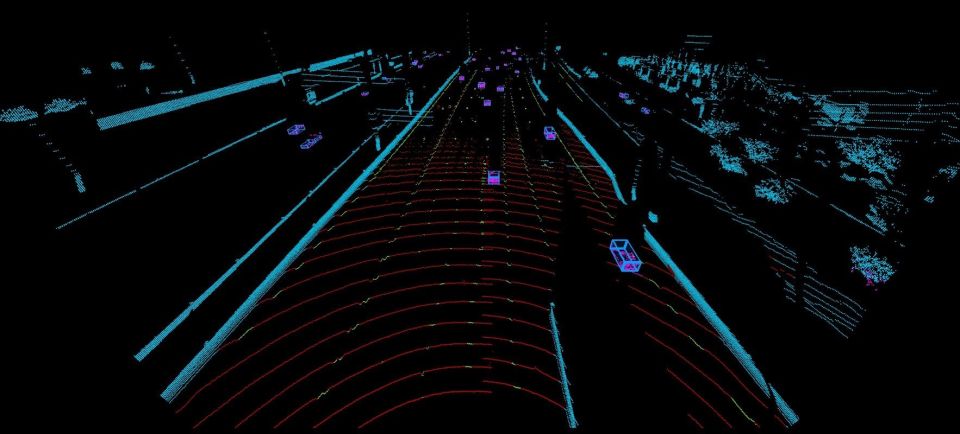
In contrast, Luminar has opted to use a longer wavelength 1550nm design that, qualifying as a Class 1 laser, poses minimal danger to the eyes and thereby allows Luminar to ramp up the power of its laser to enable longer range detection.
Another innovation is the direct time-of-flight technique that Luminar’s LiDARs use as their ranging method.
To determine the distance of an object, a strong, but short pulse of light is emitted (usually around 100 photons with a pulse duration of 2 to 15 nanoseconds). Luminar claims this enables a very fast rate of measurement, the elimination of speed-dependent range errors, and also the ability to distinguish between light reflected from physical objects, or light reflected or scattered due to atmospheric conditions such as fog.

For automotive applications, the company thereby claims these benefits make the direct time-of-flight measurement process superior to alternatives such as single photon detection or frequency modulated continuous wave (FMCW) techniques, which take longer to make accurate measurements.
Finally, Luminar has opted to combine the above technologies with a dual-axis scanning mirror as its way of distributing light. Luminar claims this method provides the best balance between cost and durability, by being less affected by temperature, vibration and other shocks, while also being cost-effective to produce and bringing economies of scale.
The firm notes that other technologies such as micro-electro-mechanical systems (MEMS) and silicon photonics are more expensive to produce, or less durable and more sensitive to variations in temperature.
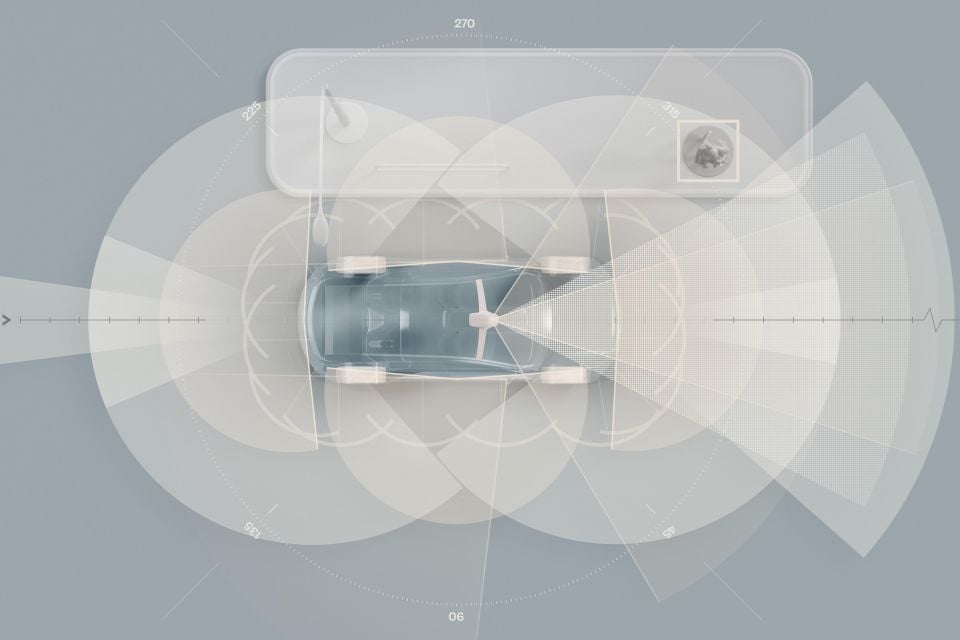
Luminar claims to have partnerships with over 50 commercial entities, including several large car manufacturers such as Mercedes-Benz, Volvo/Polestar and Nissan. Luminar also serves as a supplier for other automotive suppliers, including Intel’s Mobileye, as well as providing its Iris LiDAR system to Nvidia as part of the latter’s ‘Drive Hyperion’ autonomous driving platform.
Perhaps the most notable debut of Luminar’s technology will be the use of its LiDAR system in the upcoming Volvo EX90, marking the launch of its technology on a mass-produced car sold globally.
Volvo claims the use of Luminar’s LiDAR sensor will enable it to detect pedestrians at up to 250m ahead of the car, while also being able to distinguish a tyre on a dark or black road at up to 120m ahead of the vehicle.


Max Davies
7 Hours Ago


William Stopford
23 Hours Ago


Ben Zachariah
24 Hours Ago


Derek Fung
1 Day Ago


Matt Campbell
1 Day Ago


William Stopford
2 Days Ago